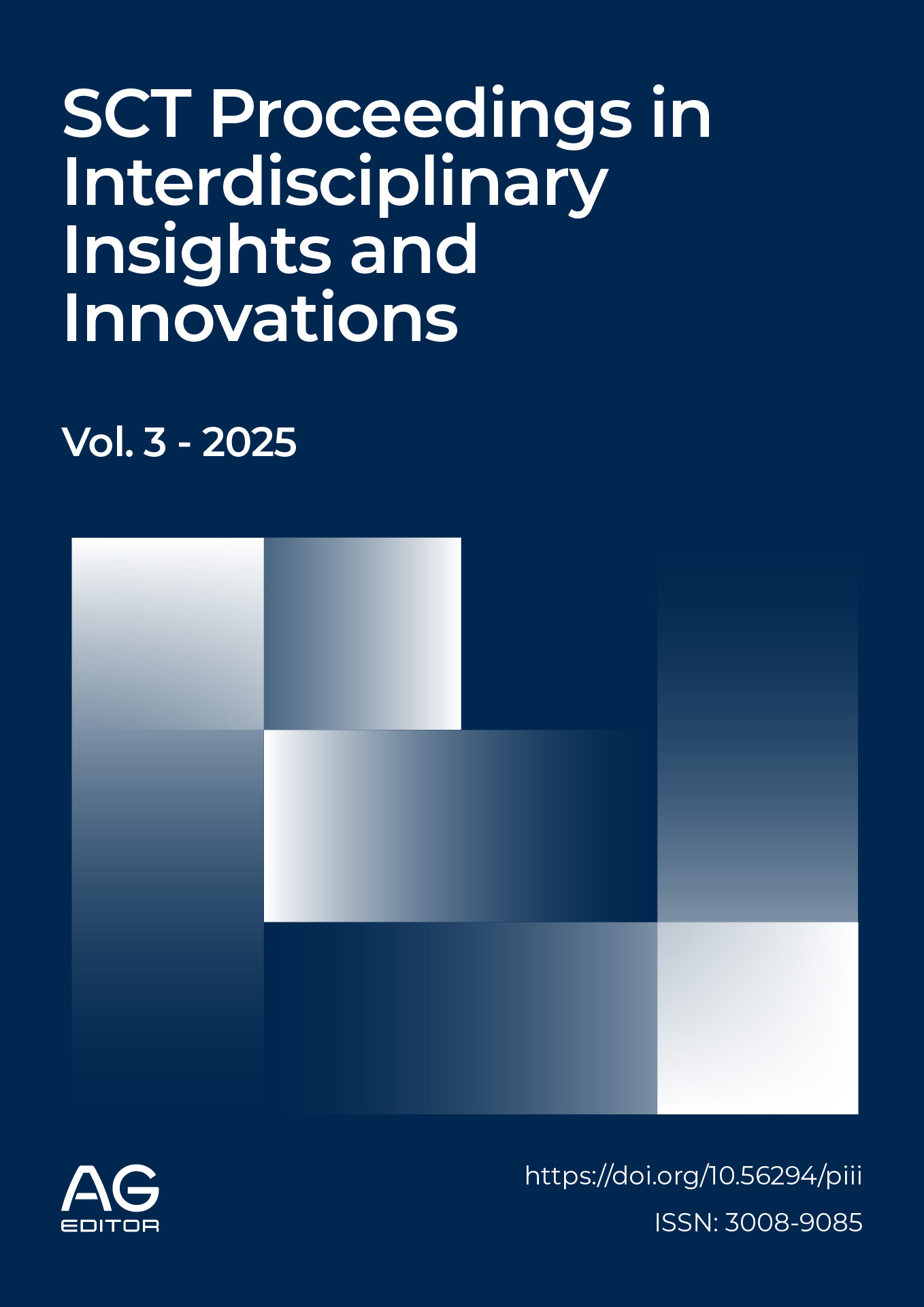Marginal microleakage at the tooth-material interface with different types of sealants. Application of the ultrasonic sealant technique
DOI:
https://doi.org/10.56294/piii2025411Keywords:
pit and fissure sealants, microfiltration, vitreous ionomer, composite Flow, ultrasonic etchingAbstract
Introduction: Pit and fissure sealants are the most effective method of prevention, since they act as a physical barrier preventing the entry of microorganisms into these hard-to-reach areas during brushing and self-cleaning carried out by saliva. The effectiveness of sealants depends mainly on retention on the tooth surface and microleakage is the factor most linked to their failure. Microleakage is defined as the passage of molecules, bacteria or fluids between the cavity walls and the restorative material and is the result of an inadequate application protocol, tooth preparation techniques, the chemical composition of the material and shrinkage due to polymerization. The most commonly used sealant materials are resin-based, since in theory they present less microleakage than ionomers. The most recent ones have incorporated nanometric inorganic filler particles (0.005 - 0.01 microns) in their composition in order to improve their physical-mechanical properties and reduce polymerization shrinkage.
Objectives: To evaluate the degree of microleakage of the tooth-material interface in premolars and third molars using the ultrasound technique with three different materials. Sealer, Vitreous Ionomer and Fluid Resin.
Materials and methods: An in vitro, comparative and transversal study was carried out on 30 dental pieces (premolars and third molars), randomly divided into 3 study groups of 10 pieces each, sealed with different types of materials. The groups were divided into A (sealant), B (vitreous ionomer) and C (flow composite) in order to evaluate the degree of microleakage of the different materials used. For the cavity preparations, the enamel surface was etched with 37% phosphoric acid propelled with a micromotor and a dental pneumatic cavitator tip with a small rubber band and a k 10 file for 15 seconds. Subsequently, they were sealed with different types of materials to evaluate the degree of microleakage, analyzed by direct observation.
Group A: Sealer (Conseal f and Conseal)
Group B: Vitreous Ionomer (Riva Light Cure)
Group C: Flow Composite (Flow Wave)
The materials used during the investigation are SDI brand.
Results: The material that showed the highest degree of microfiltration was the one used in group B (vitreous ionomer) with 2 out of 10 pieces filtered. Group A (sealant) and group C (flow composite) obtained better results: 1 out of 10 pieces filtered in both cases. Direct observation showed that all three groups presented marginal microleakage, to a lesser or greater degree. It could not be determined that the permanence of the materials depended on the morphology of the dental pieces, since it was mixed, that is to say, they were detached in premolars as well as in third molars.
Conclusion: In comparison with groups A and C, the marginal microleakage observed was significantly higher in group B (vitreous ionomer). However, marginal microleakage was present in all three groups, to a lesser or greater degree. Therefore, we estimate that there will always be a percentage probability of this occurring
References
1. Ismail AI. Clinical Diagnosis of Precavitated Carious Lesions. Community Dent and Oral Epidemiol, 1997 feb;25(1):13-23. doi: 10.1111/j.1600-0528.1997.tb00895.x. DOI: https://doi.org/10.1111/j.1600-0528.1997.tb00895.x
2. Barrancos Mooney J, Barrancos PJ. Operatoria dental. 4a ed. Buenos Aires: Editorial Médica Panamericana; 2006.
3. Barrancos Mooney J, Barrancos PJ. Operatoria Dental. 3a ed. Buenos Aires: Editorial Médica Panamericana; 1999.
4. Baratieri LN. et al. Operatoria Dental. San Pablo: Quintessence; 1993.
5. Echeverría Uribe J. Operatoria Dental. Ciencia y práctica. Madrid: Ediciones Avances Médico-Dentales; 1990.
6. Macchi RL. Materiales Dentales. 3a ed. Buenos Aires: Editorial Médica Panamericana; 2007.
7. Sturdevant CM, et. al. Operatoria Dental: arte y ciencia. 3a ed. Madrid: Mosby-Doyma; 1996.
8. Espina L. Microfiltración en la interfase diente-sellante ante distintos tipos de selladores. Eficacia para los trabajos de extensión [tesis]. Buenos Aires (Argentina): UAI; año 2021
9. Kersten S, Lutz F, y Schüpbach P. Fissure Sealing: Optimization of Sealant Penetration and Sealing Properties. Am J Dent, 2001 jun;14(3):127-131. pmid: 11572287. DOI: https://doi.org/10.1016/S1350-4789(01)80053-2
10. Butail A, et al. Evaluation of Marginal Microleakage and Depth of Penetration of Different Materials Used as Pit and Fissure Sealants: An In Vitro Study. Int J Clin Pediatr Dent, 2020 Jan-Feb;13(1):38-42. doi: 10.5005/jp-journals-10005-1742. DOI: https://doi.org/10.5005/jp-journals-10005-1742
11. Kim HJ., et al. Effect of Heat and Sonic Vibration on Penetration of a Flowable Resin Composite Used as a Pit and Fissure Sealant. J Clin Pediatr Dent. 2020;44(1):41-46. doi: 10.17796/1053-4625-44.1.7. pmid: 31995416. DOI: https://doi.org/10.17796/1053-4625-44.1.7
Published
Issue
Section
License
Copyright (c) 2025 Rocío Celeste González , Julieta Saldaña (Author)

This work is licensed under a Creative Commons Attribution 4.0 International License.
The article is distributed under the Creative Commons Attribution 4.0 License. Unless otherwise stated, associated published material is distributed under the same licence.





